What Is Located 100 Miles to the North of Where You Live
An interesting map showing the locations of the Due north Magnetic Pole since 1590. The North Magnetic Pole moves over time due to magnetic changes in the Earth'south cadre. Today, the Geographic N Pole (the betoken in the Northern Hemisphere where the Earth's axis of rotation meets its surface, the northernmost betoken on the World) differs from the North Magnetic Pole past about 500 kilometers (311 miles).
If a magnetic compass needle is allowed to rotate almost a horizontal axis, information technology would point straight down at the North magnetic
North Magnetic Pole locations since 1590 (map)
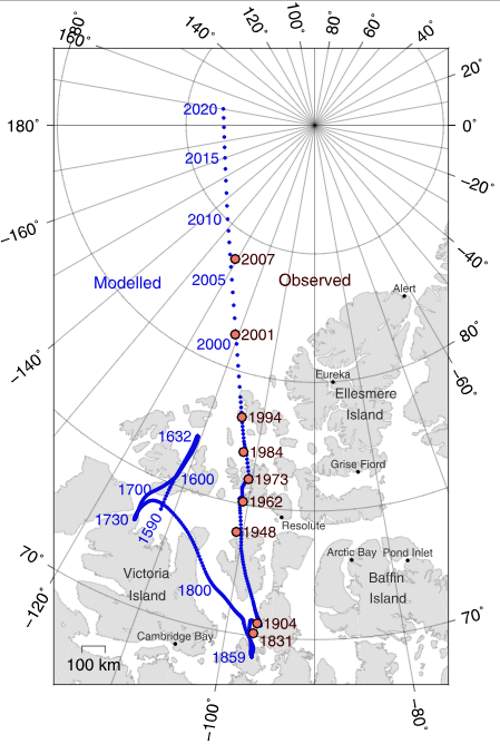
The magnetic North Pole moves in loops of up to 50 miles (80 km) per solar day. Simply its actual location, an average of all these loops, is also moving at around 25 miles a yr.
In the terminal 150 years only, the magnetic pole has wandered a full of most 685 miles (1,102 kilometers).
The Southward Magnetic Pole besides moves in a similar mode. Merely, since the Earth's magnetic field is not exactly symmetrical, different the geographic north and s poles, the North and South Magnetic Poles are not antipodal, meaning that a direct line fatigued from i to the other does not pass through the geometric center of the Earth.
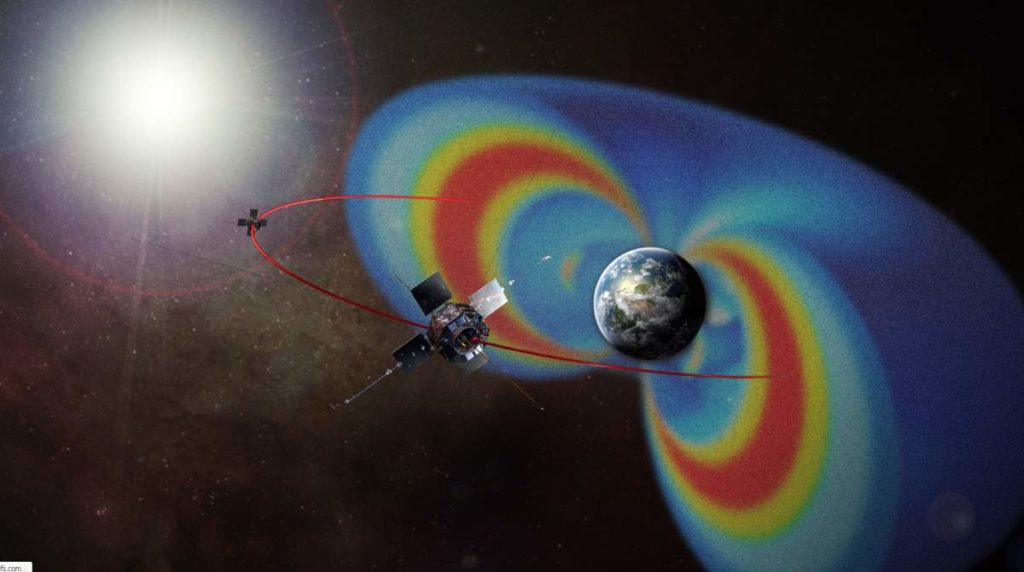
The direction in which a compass needle points is known as magnetic north. In general, this is not exactly the direction of the North Magnetic Pole (or of any other consistent location). Instead, the compass aligns itself to the local geomagnetic field, which varies in a complex manner over the World's surface, equally well as over time.
Historically, the magnetic compass was an important tool for navigation. So, how tin y'all find the true north (geographic north) with a compass? The local athwart divergence betwixt magnetic north and true northward is called the magnetic declination.
Detailed maps typically tell yous how much local deviation there is between magnetic north and true due north (magnetic declination). You lot then offset your compass past that many degrees, and yous're all good. These type of maps (for example, war machine maps) are become updated in every few years or so.
To add together to that, some maps in northern regions, such as Alaska, have numerous adjustments for deviations depending on what office of the map you are in.
Also in the Canadian Arctic pilots merely don't employ magnetic compasses because they're too unreliable in the region.
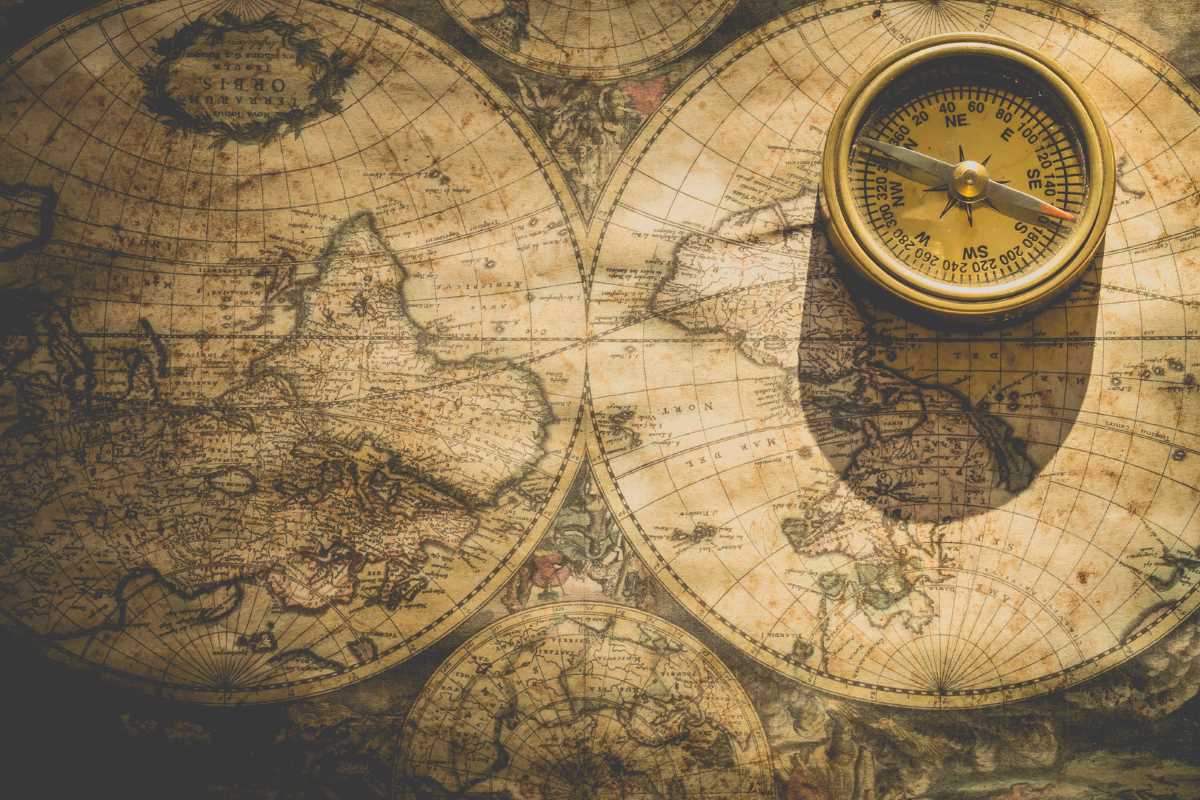
Update: Due north Magnetic Pole officially has a new location
National Sea and Atmospheric Assistants (NOAA) has appear that:
Earth's northern magnetic pole is moving quickly away from the Canadian Arctic toward Siberia. This movement has forced NCEI's scientists to update the Earth Magnetic Model (WMM) mid-wheel.
Typically, a new and updated version of the WMM is released every five years. With the last release in 2015, the next version is scheduled for release at the end of 2019. Due to unplanned variations in the Chill region, scientists have released a new model to more accurately represent the change of the magnetic field between 2015 and at present.
This out-of-cycle update earlier next yr'due south official release of WMM2020 will ensure safe navigation for military applications, commercial airlines, search and rescue operations, and others operating around the Due north Pole.
Due to unplanned variations in the Arctic region, scientists have released a new model to more than accurately represent the change of the magnetic field.
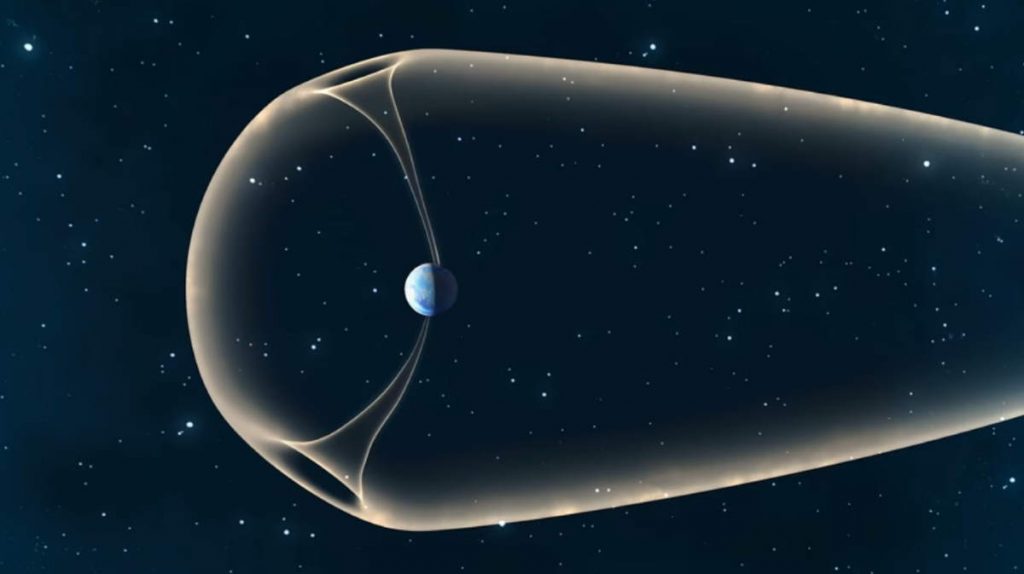
Why does the Due north Magnetic Pole motion?
Earth'southward inner core consists substantially of nickel and iron and has a radius of one,220 km (760 mi). The density in the cadre is indicative of the fact that there must be heavy substances similar gold, palladium, platinum, tungsten, and silver.
The temperature of the inner core is predictable to be well-nigh 5,700 1000 (5,400 °C; 9,800 °F). Now, the reason why iron and other metals can remain solid at such high temperatures is that their melting temperatures drastically drag at the pressure present at the cadre, which tin can roughly hover around 330 to 360 gigapascals.
The outer core, which has been institute to be liquid (as per the seismic enquiry), is 2300 km thick, and the radius extends effectually 3,400 km. The density is anticipated to be much higher than the chaff or drape, which varies betwixt 9,900 and 12,200 kg/m3. The outer core is considered to be developed with lxxx% iron, along with nickel and some other lighter elements.
Due to its high temperature, the outer cadre remains in a low viscosity fluid-land that ensures turbulent convection and rotates quicker than the residue of the planet, creating a dynamo issue. This is what creates the Globe'due south magnetic field.
The average forcefulness of the magnetic field in Earth's outer core is said to be 50 times the strength of the magnetic field recorded on the Earth's surface.
The changes in the World'south magnetic field are the reason for the position shifts of the north and s magnetic poles. But it isn't widely understood how and why this dynamo event changes over time.
The main reason is virtually likely shifts in the rate of spin of the Earth'due south outer core and the currents within the molten fabric.
Irregularities where the cadre and curtain meet can exist another reason.
Large earthquakes can change to the Earth's crust and impact the rotation of Earth very slightly, so they can besides cause modest changes in the World'due south magnetic field.
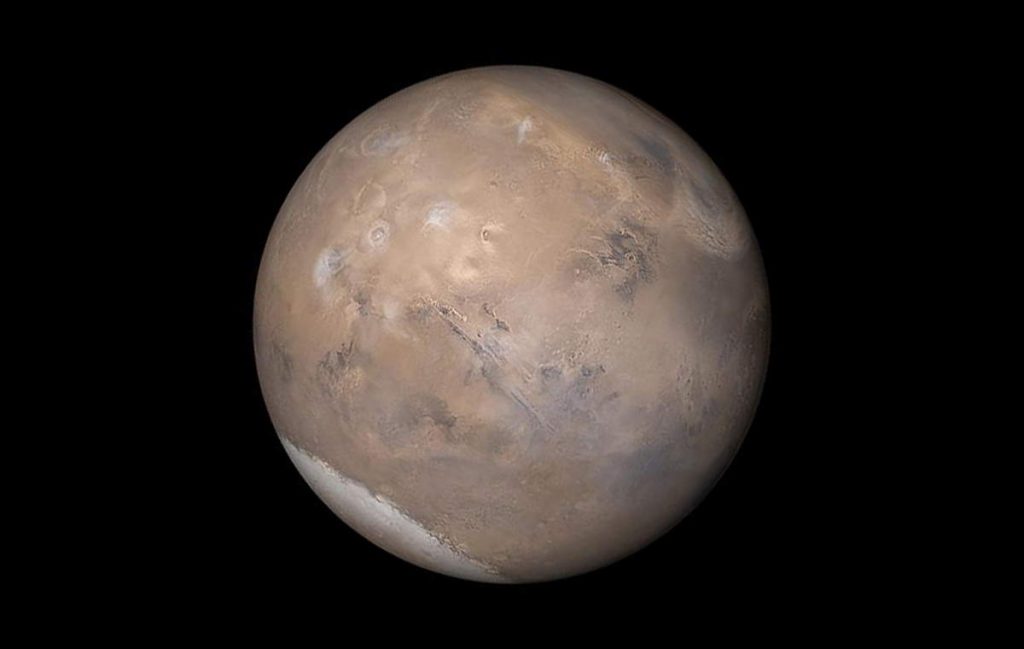
Geomagnetic reversal
The poles tin likewise switch places. Over the life of the Earth, the orientation of Earth's magnetic field has reversed many times, with magnetic northward becoming magnetic south and vice versa – an event
Evidence of geomagnetic reversals can be seen at mid-ocean ridges where tectonic plates motility autonomously and the seabed is filled in with magma. As the magma seeps out of the mantle, cools, and solidifies into igneous stone, it is imprinted with a record of the direction of the magnetic field at the time that the magma cooled.
Sources
- N Magnetic Pole on Wikipedia
- Magnetic N vs Geographic (Truthful) N Pole on GIS Geography website
- The North Pole on Wikipedia
- Why does the Magnetic North Pole move? on How Stuff Works
- "World's Magnetic North Pole Has Officially Moved" on Forbes
- "Globe Magnetic Model Out-of-Cycle Release" on National Bounding main and Atmospheric Administration (NOAA) webpage
- Author
- Recent Posts
![]()
Source: https://ourplnt.com/north-magnetic-pole-location/
Post a Comment for "What Is Located 100 Miles to the North of Where You Live"